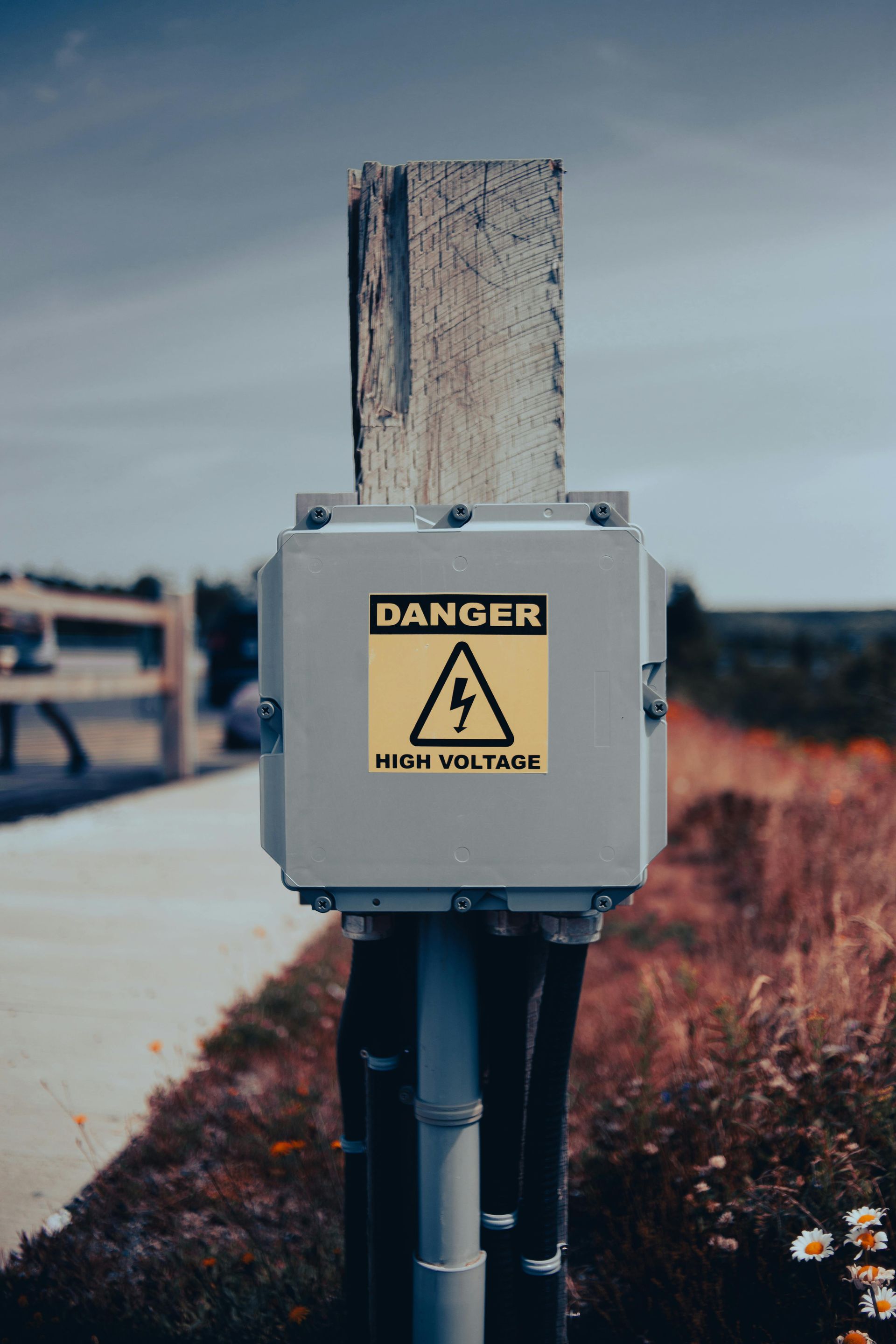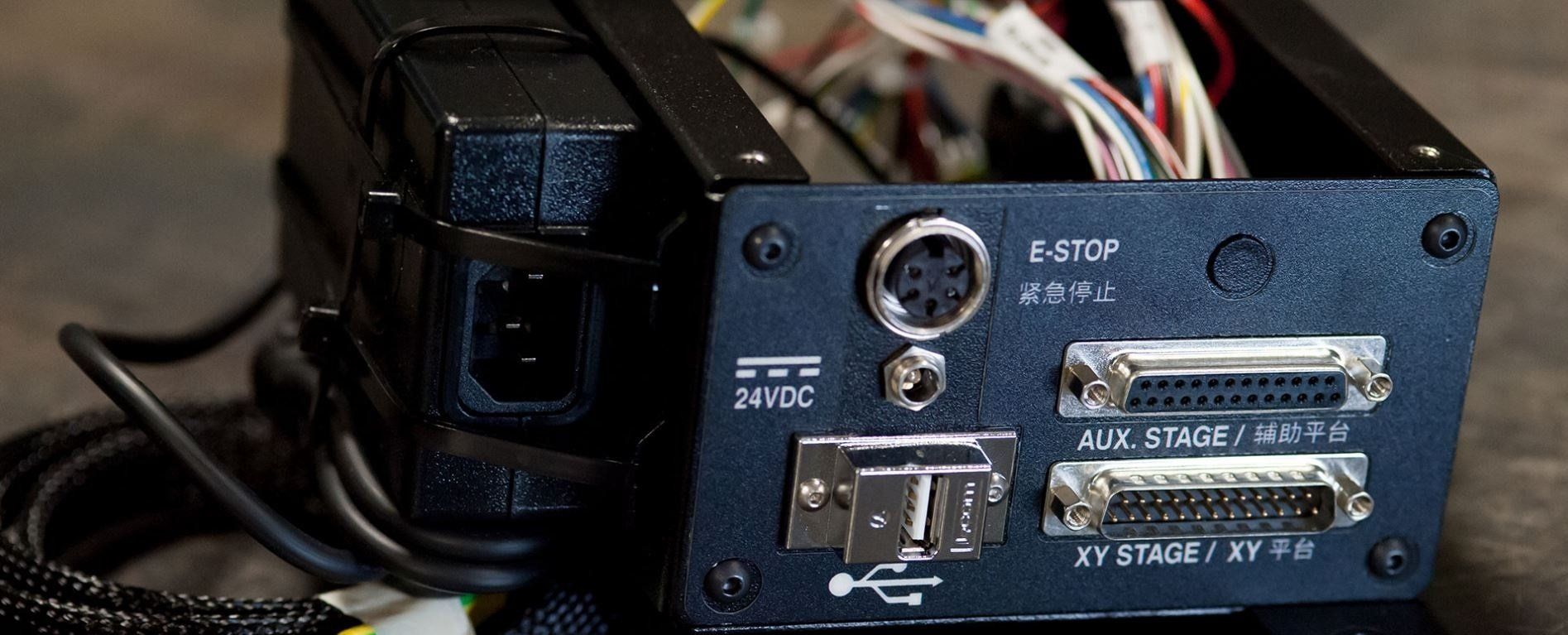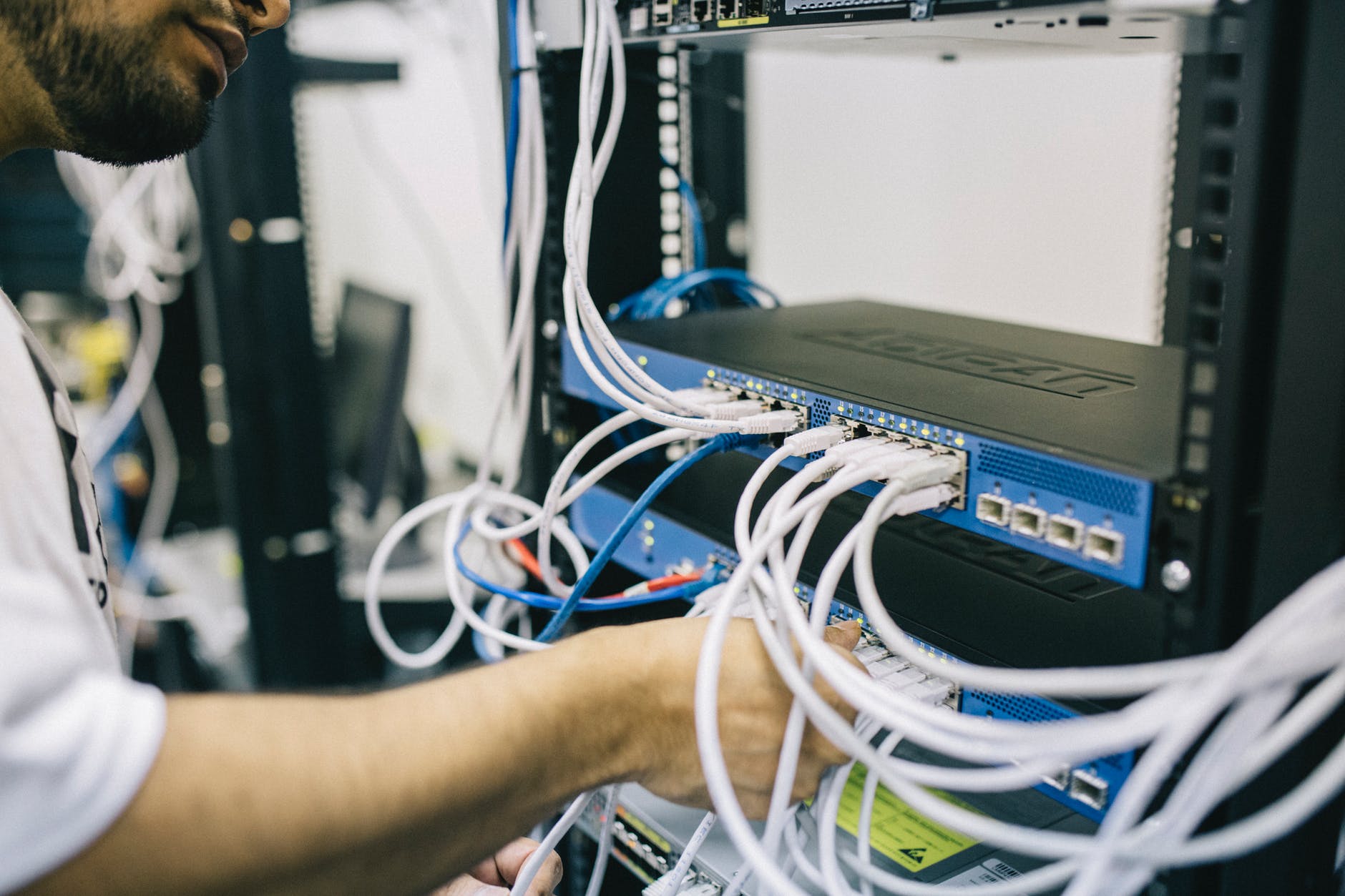5 CONNECTOR TYPES YOU MUST KNOW
If you're working on a project, you are aware of how important it is to choose the appropriate connectors to guarantee dependable performance and functionality. It might be difficult to select the best connector for your needs when there are so many different varieties on the market. We'll highlight five connectors that are essential to know in this post.
Connectors for USB
Electronic gadgets including computers, printers, cameras, and cellphones frequently use USB ports. These include USB Type-A, Type-B, and Type-C types, among others. The most recent version of the connector supports video output, high-speed data transfer, and quick charging.
Connectors of HDMI
To send high-definition video and audio signals between devices, HDMI connectors are frequently utilized. They are available in many versions, such as HDMI 1.4, HDMI 2.0, and HDMI 2.1, with various features and capabilities in each version. The newest version of HDMI, 2.1, supports better resolutions, quicker refresh rates, and dynamic HDR.
Connectors of RJ45
Computers and other devices are frequently connected to local area networks (LANs) using RJ45 connectors. They can also be used to link other gadgets like switches, routers, and modems. Normally, these connectors can handle Ethernet data rates of up to 10 Gbps.
Electric Connectors
Electricity is delivered to electronic gadgets through power connectors. They are available in a wide variety of sizes and shapes, such as barrel, blade, and snap-in connectors. It's critical to select the correct power connector for your device's power requirements because power connectors' voltage and current ratings can vary.
Connectors of audio
Audio signals are sent between devices via audio connections. They come in a wide range of varieties, such as 3.5mm (about 0.14 in), RCA, and XLR connectors. Numerous devices, such as headphones, microphones, speakers, and audio mixers, can use these connectors.
Conclusion
For any electronics project to function properly, selecting the appropriate connectors is essential. You can select the ideal connector for your purposes by being aware of the various connector types that are available. The right connector can make all the difference whether you're working on a computer, home theatre system, or a challenging industrial automation project.








